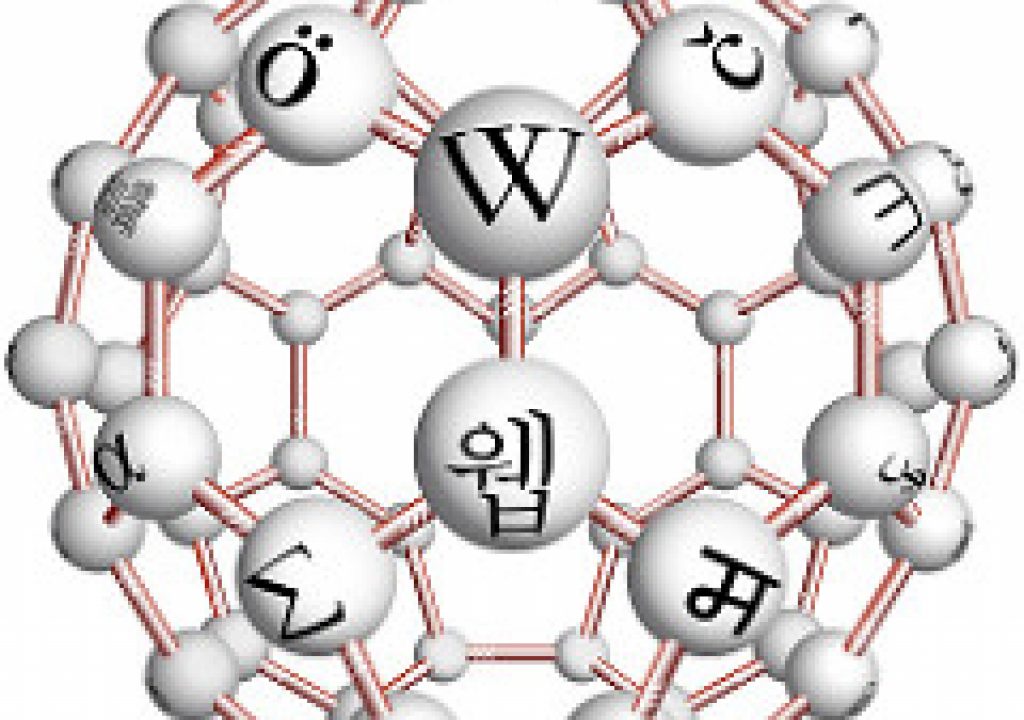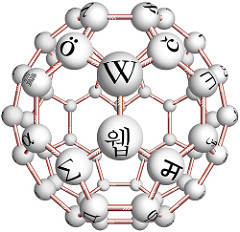What are GeoSemantics?
Semantic simply means “meaning”. We are trying to explicitly define the meaning of Ordnance Survey data, and the knowledge about the world of geography that we as an organisation hold. We are encoding it in a way that’s readable, and more importantly, understandable, by a computer: it’s like writing a machine-readable version of Ordnance Survey’s MasterMap real-world object catalogue.
Why is Ordnance Survey interested in Semantics?
We are investing in semantic technology research to cut the cost and improve the accuracy of data integration. Data integration is widely acknowledged to beexpensive and problematic.When such activities involve the inclusion of complex datasets such as OS MasterMap® the challenge becomes that much greater. The problem is more than a syntactic one and cannot be solved by everyone adhering to one file format or standard.Rather it is also a problem of understanding what the data means: is the Ordnance Survey definition of a field the same as the way the Government Department for the Environment, Food and Rural Affairs (DEFRA) would understand it? Our definition is spatially delineated by barriers such as fences or ditches, while DEFRA might distinguish a field’s extent by the kind of crops that were grown, as part of their task of calculating farmers’ subsidies. By providing a machine-readable description known as an ontology of Ordnance Survey’s data, these semantic differences are made explicit, the impact on the customer’s application can be seen and we can begin to use ontologies to provide bridges between these different world views. As techniques for ontology merging, and ontology to database mapping are developed, it will become easier to semi-automatically integrate our data with our customers’.
Another benefit of semantic technology is that of data repurposing. Our customers have their own terminology for the things they use day to day: and they may not be the same words that Ordnance Survey uses. For example, the Environment Agency uses the term “Flood Defence” – but that doesn’t appear as an attribute in our data, although we do capture the Weirs and Flood Walls and so on that are used as flood defences. By authoring an ontology to describe Ordnance Survey data, and one describing the terms a customer does use, we have already shown that it’s possible to query an Ordnance Survey database for terms like “Flood Defence”.
There are also internal business advantages for Ordnance Survey: with an explicit, machine readable description of the meaning of our data, we can improve quality control and classification decision-making.
In the future this technology will enable our data to be more easily accessed by customers via the Semantic Web (the “web of data”).
How do we encode this semantic meaning?
We encode our knowledge using an artificial intelligence technique called an ontology. An ontology is made up of concepts (like a River, a Field or a Building) and relationships between them (for example, a Building is next to a River). We have been developing a method to allow domain experts to capture their knowledge in natural-sounding sentences, in a structured English language called Rabbit, and then the ontology engineer translates these into the machine-readable description encoded in a language called OWL (the Web Ontology Language). We have already produced an ontology for hydrology and are developing ones for Buildings and Administrative Geography. Our aim is eventually to cover the whole of topography. Our ontologies are available for download both in OWL and as a human-readable description
We are also researching the issues of how to link ontologies to our geospatial database, how to query them, merge them,and how to combine spatial and semantic reasoning.
If you’d like to know more about our research, please have a look at our publications, or contact us at [email protected]

Filmtools
Filmmakers go-to destination for pre-production, production & post production equipment!
Shop Now














